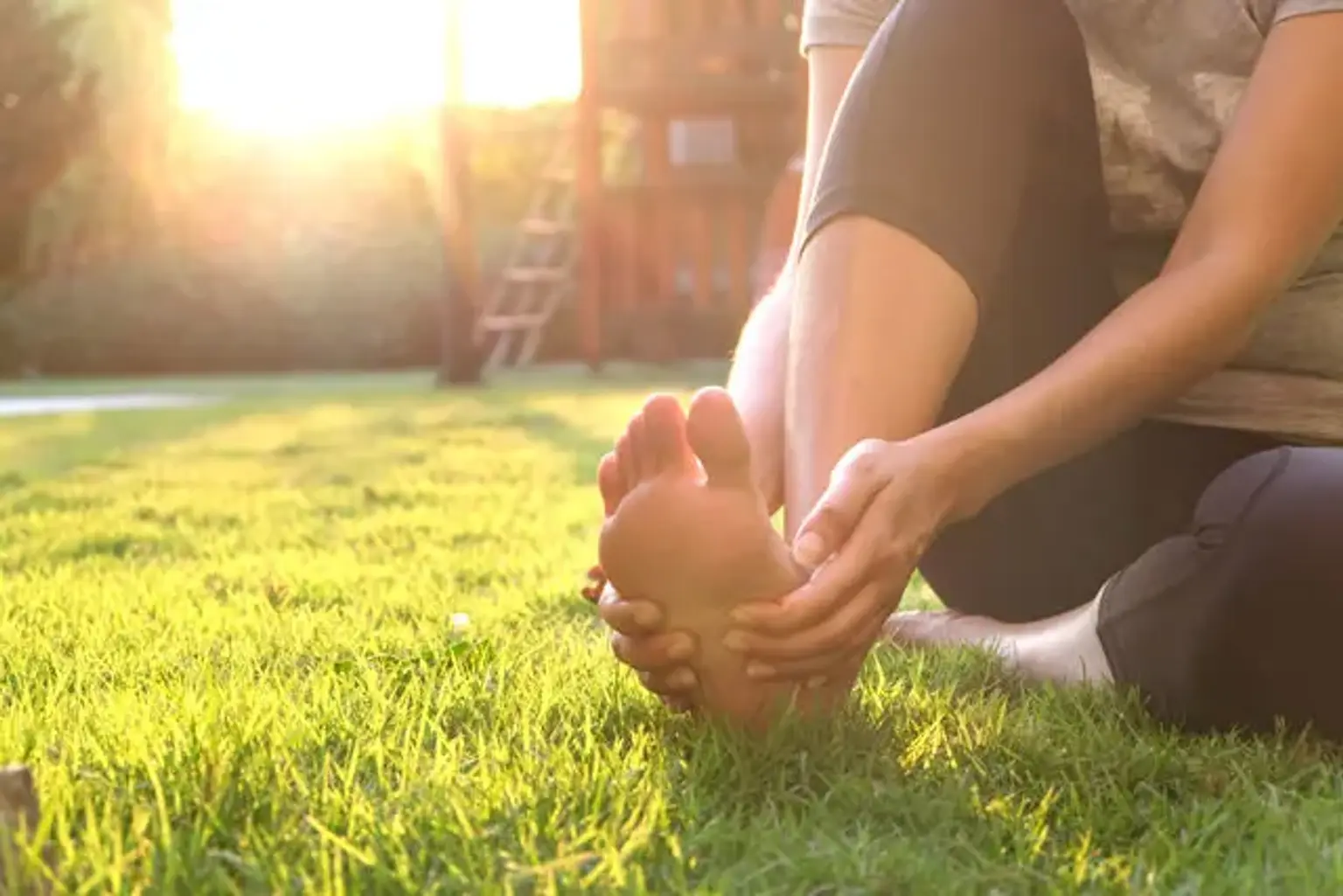Introduction
Plantar fascia pain is a common but often debilitating condition that affects many individuals, especially those with active lifestyles. From the first steps in the morning to long days on your feet, this condition can impact your mobility and overall quality of life. In this article, we’ll explore the causes, symptoms, and most effective treatments for plantar fascia pain, with a special focus on the advanced options available in Korea.
Understanding Plantar Fascia Pain
The plantar fascia is a thick band of tissue that runs along the bottom of your foot, connecting your heel to your toes. It plays a vital role in supporting the arch of your foot and absorbing shock during activities like walking and running. When this tissue becomes strained or inflamed, it leads to a condition known as plantar fascia pain, commonly associated with plantar fasciitis.
Plantar fascia pain is characterized by a sharp or burning sensation, typically in the heel. It’s a leading cause of foot discomfort and often worsens with prolonged activity or rest periods, such as after sleeping or sitting for an extended time. The pain can affect anyone, but runners, people with flat feet, and those who wear unsupportive footwear are at higher risk.
What is the Plantar Fascia?
To fully grasp the causes and treatments for plantar fascia pain, it’s essential to understand its anatomy and function. The plantar fascia is a fibrous ligament that supports the arch of your foot. This structure helps distribute weight across your feet and acts as a shock absorber during movement.
Overuse, improper footwear, or even certain health conditions like obesity or diabetes can strain the plantar fascia, leading to microtears in the tissue. This strain results in inflammation, swelling, and pain, making walking or standing uncomfortable. Without timely treatment, plantar fascia pain can become chronic and significantly impact your daily activities.
